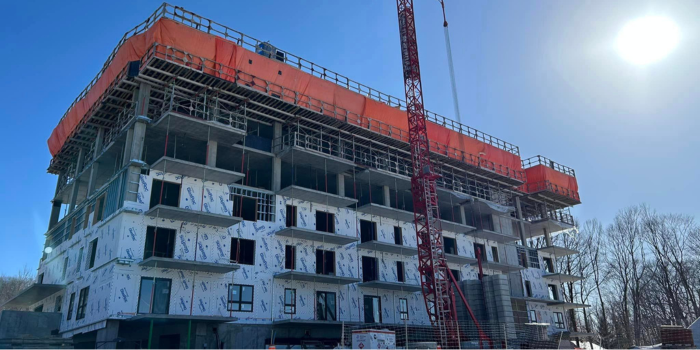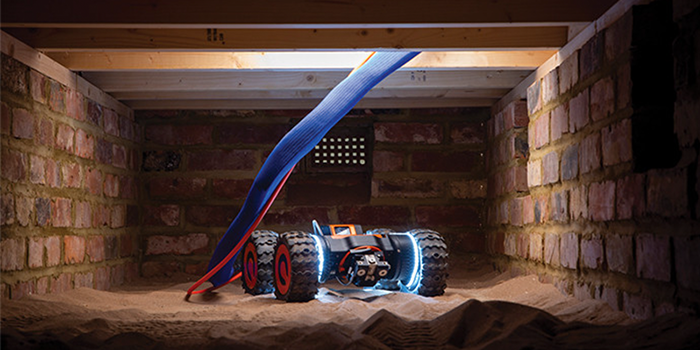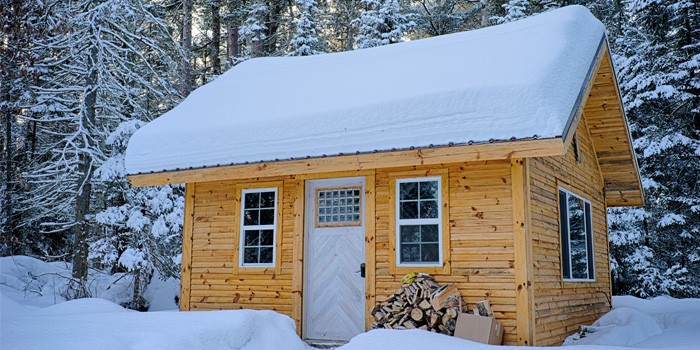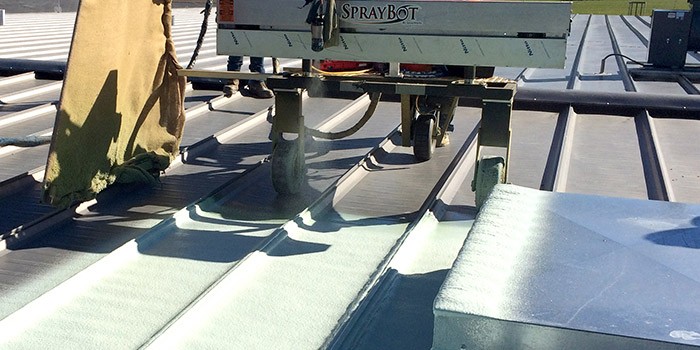One Home. Zero energy bills.
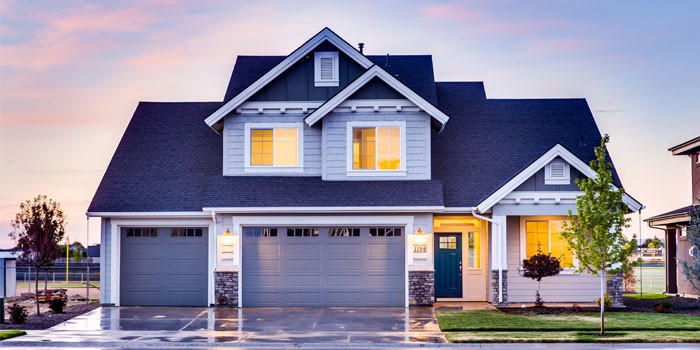
The house that Joel and Barb Mielke built for their retirement checks a lot of boxes.
It’s located in rural Preston. Large windows open to a view of acres of prairie. It has wood and stone detailing straight out of a home décor catalogue.
The 2550-square-foot home has seven rooms on the main floor (including an open-plan kitchen/dining/living room and office, a breakfast nook, two bathrooms, and a master bedroom), and five on the lower (including a rec room, third bathroom, mechanical room, storage room with freezer and larder, and a guest room). And, unseen to the naked eye, the house is rated a net zero on the HERS index (that’s the Home Energy Rating System).
The HERS index measures the energy-efficiency of an existing home and tries to estimate how much homeowners will have to spend on utility bills. A lower-energy home doesn’t use as much power, so its bills are lower. A net zero rating means that the home produces as much energy through renewable resources, such as solar panels, as it consumes.
When Barb and Joel designed their dream home, they wanted it to break even on energy. And after installing solar panels to create energy in the summer and a custom appliance system to use as little as possible in the winter, they did it.
Both of the Mielkes are chemical engineers. Joel, who worked at an oil refinery for 35 years, created the energy design. A home designer stepped in to tweak the floorplan. “Energy balances are second nature for me,” Joel says. “I’ve always been thrifty in the case of resources. I don’t like to waste things.”
Here’s how they did it.
1. They created a “thermal envelope.” The Mielkes’ house is insulated for maximum heat retention, with layers of polystyrene foam below and around concrete, spray foam and fiberglass (and more of the polystyrene foam) to protect the walls, and even more spray foam and fiberglass in the ceiling. Airflow is also controlled, and very few rooms in the house vent directly to the outdoors. Instead, hot air routes down and out through floor trusses.
2. Tripled up on window protection. The house has triple-pane windows (compared to a normal double-pane), to trap extra heat. The extra cost was minimal, Joel says, and the couple “wanted to push it as far as we could.”
3. Used the windows for more than the view. The Mielkes’ south-facing windows are 200 sq. feet and were specially shaded and treated to let the sun in during the winter (during the summer, they should be shaded) for passive solar gain. “By the end of September, we’re just starting to get sun into the house,” Joel says. That’s an extra little bit of heat that they don’t have to generate or buy. In an attempt to keep fossil fuel use to a minimum, the Mielkes also use a hefty Norwegian wood-burning stove to heat the house. They burn dead wood from the area around their house, and only harvest roughly 10 percent of the trees that fall on their land.
4. Relied on import/export. The Mielkes are on the grid. Their house and solar panel (it’s bigger than a car and sits next to the long drive up to the house) don’t have batteries to store the energy created. So when the sun is shining, Barb says, the Mielkes export energy to the local power company, which buys their electricity. When it’s cloudy, they import energy to power their home. Last year, the couple generated more than twice as much electricity as they used. “We’ve exported enough energy to offset driving our vehicles,” Joel says. Also, they didn’t pay any energy bills last year. “They gave us money back, actually,” Barb says.
5. Prioritized the environment. Quite often, when people hear about the Mielkes’ house, they assume that the couple wanted to avoid energy bills. But the larger issue at hand is environmental stewardship, Joel and Barb say.
6. Extended to the outdoors. The Mielkes’ house is built on 130 acres of prairie, much of which has been restored over the past few years. The ground had been previously tilled for farming, and the natural flora and fauna were destroyed. The Mielkes have tried to bring it back by harvesting seeds from native grasses and buying packets of the plants that would have grown in the area decades ago. Much of the work now, Barb says, is just trying to keep invasive, non-native species out of their giant yard.
Disqus website name not provided.



